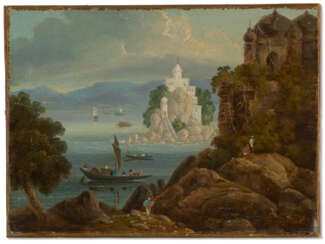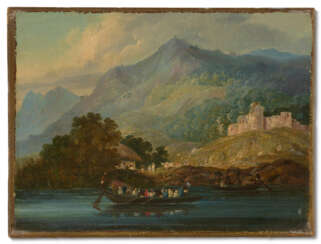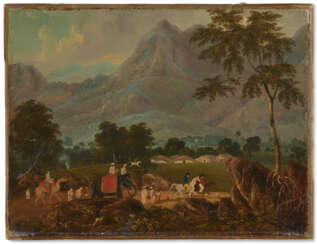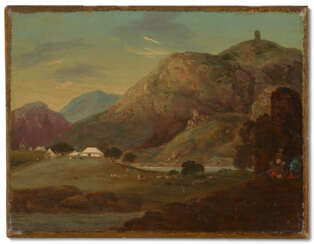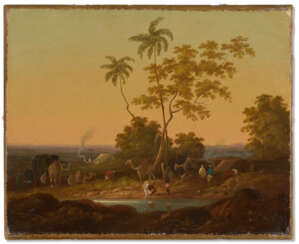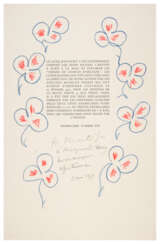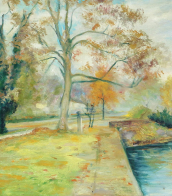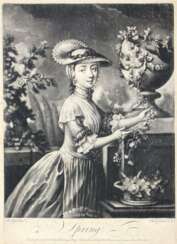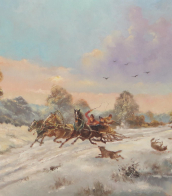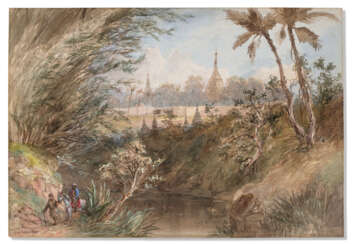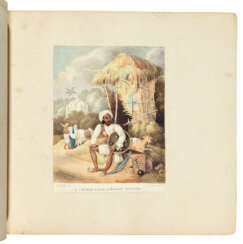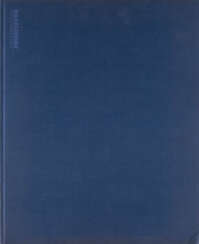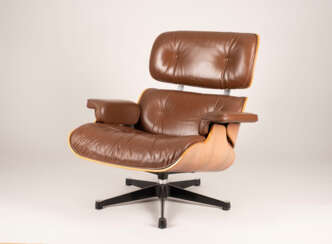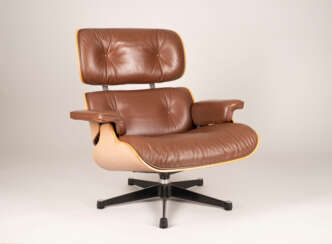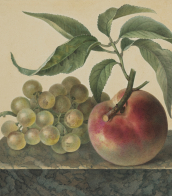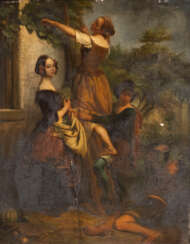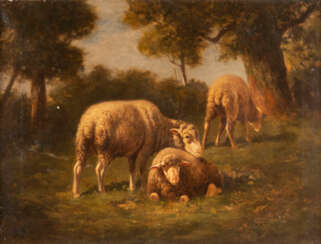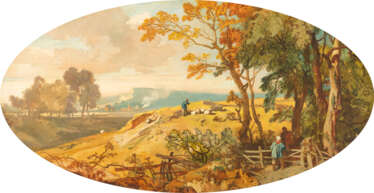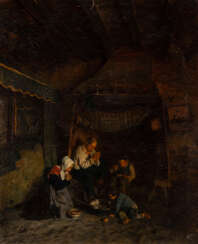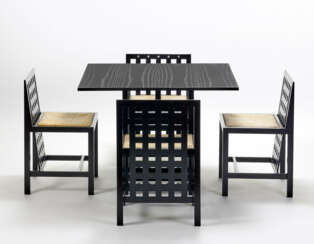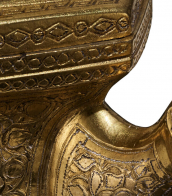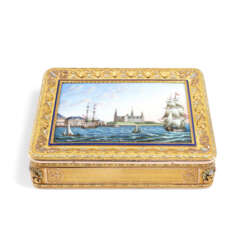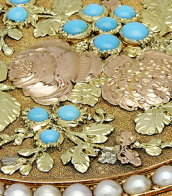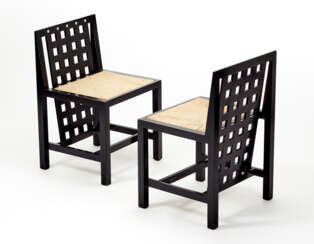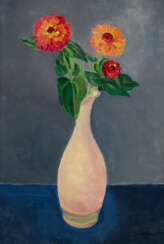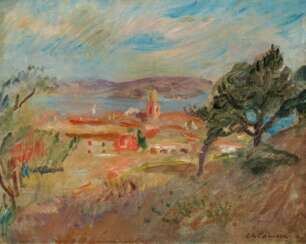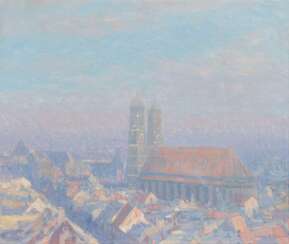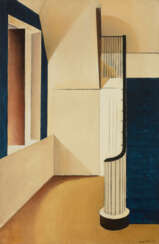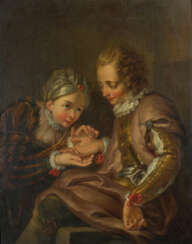charles d&
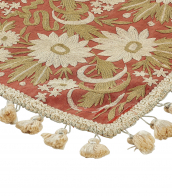





Henri Matisse, a renowned French visual artist, was celebrated for his vibrant use of color and fluid, original draughtsmanship. Born on December 31, 1869, in Le Cateau-Cambrésis, France, Matisse initially pursued a career in law before turning to art. He first began painting in 1889, a change inspired by convalescence art supplies his mother provided. This marked the beginning of a journey that would see him become a leading figure in modern art.
Matisse's career is notable for its stylistic evolution yet consistent aim to capture the "essential character of things." His early works, characterized by intense colorism, earned him recognition as one of the Fauves, or "wild beasts." The period from 1908 to 1913 was marked by significant developments, with works like "Reclining Odalisque" and "The Red Studio" showcasing his mastery in balance and serenity. In the 1920s, his style evolved to more relaxed forms, with a focus on light, color, and decorative patterns in paintings like his odalisque series.
Matisse's exploration of various mediums, including sculpture and paper collage, reflects his innovative spirit. His later years were dominated by cut paper collages, as health challenges limited his ability to paint. These works, alongside his bold drawings and sculptures, cemented his status as a pioneer in visual art.
For collectors and art experts, Matisse's work remains a testament to creative evolution and expressive use of color and form. His masterpieces can be found in prominent museums and galleries worldwide, continuing to inspire and fascinate art enthusiasts.
To stay updated on new product sales and auction events related to Henri Matisse's art, sign up for our updates. This subscription will keep you informed about opportunities to appreciate and acquire works connected to this iconic artist.


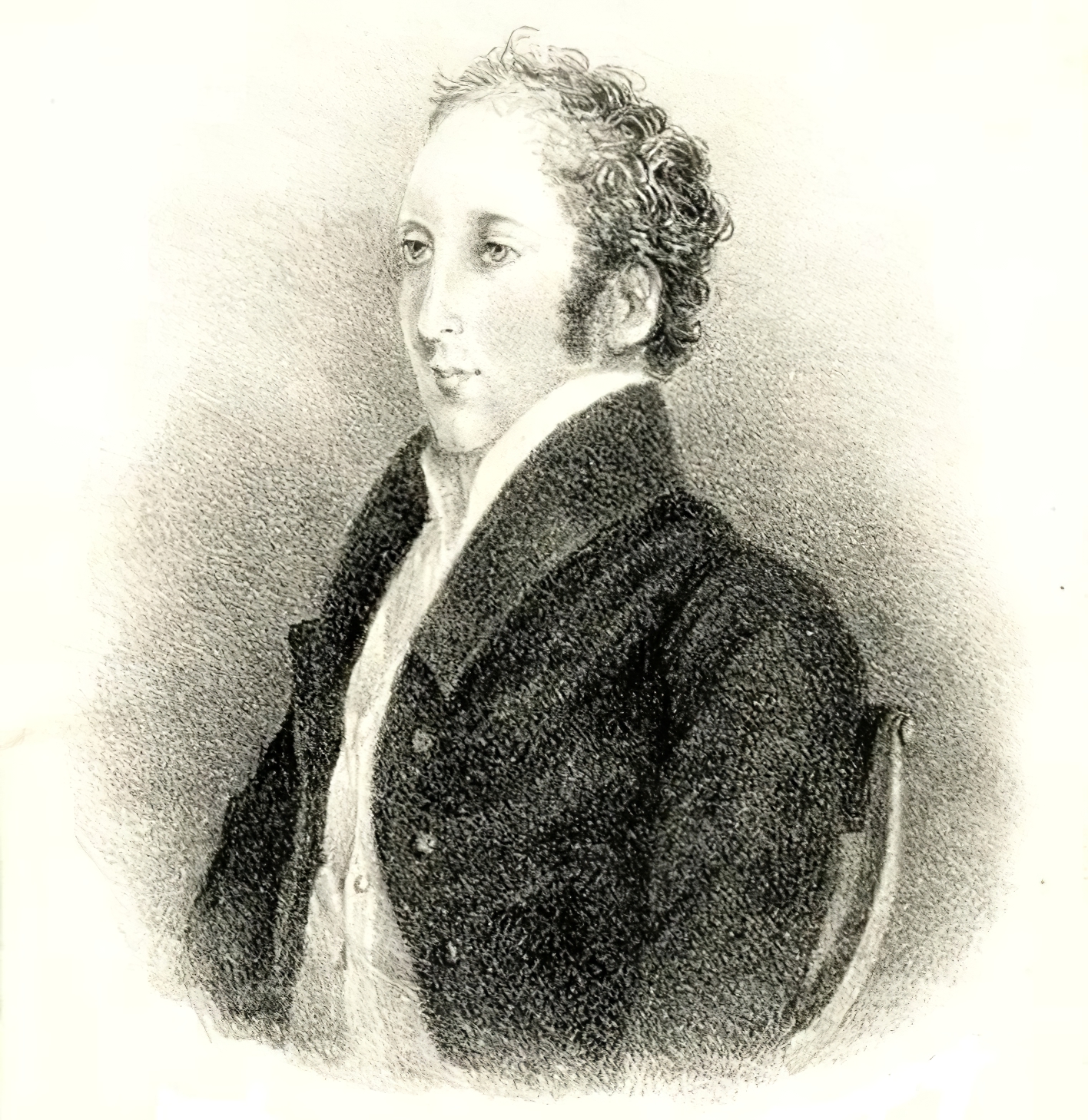
Charles D'Oyly was a British public official and painter from Dacca (now Dhaka). He was a member of the Bengal Civil Service based in Calcutta, Dacca and Patna from 1797 to 1838. Although he held senior positions with the East India Company's civil service, he is best known as an amateur artist who published many books featuring engravings and lithographs featuring Indian subject matter.

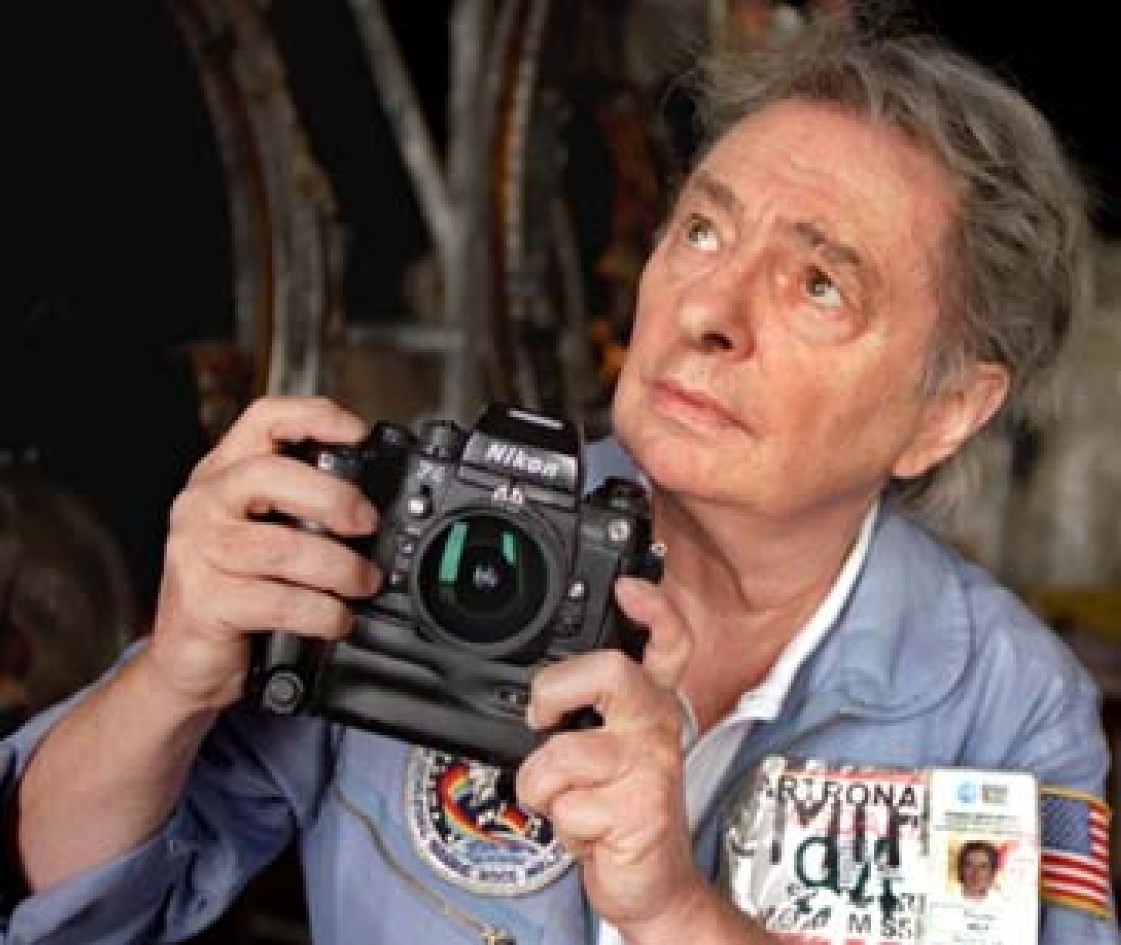
Charles Paul Wilp is a German media artist, designer, photographer, and film maker.
He received a broad education at TH Aachen in synaesthesia, journalism, art and psychology. Wilp attracted attention early on with his groundbreaking photographs and television films. And he became widely known in the 1960s and '70s for his provocative advertising campaigns for such products as Pushkin vodka, Pirelli and Volkswagen. He was also an image consultant to major politicians.
Wilp has been fascinated by the cosmos since his youth, and this theme is vividly reflected in his art: "ARTonaut" even placed a UFO on the roof of his house and was called the "space artist".


Charles Eames and Ray Eames were an American couple of industrial designers who made significant historical contributions to the development of modern architecture and furniture through the work of the Eames Office.
Charles and Ray Eames also worked in industrial and graphic design, fine art and film. Charles was the public face of Eames Office, but Ray and Charles worked together as creative partners and engaged a diverse creative staff. Some of their best known designs include the Eames Lounge Chair and the Eames Dining Chair.
The Charles and Rae Eames design firm has existed for over four decades.


Charles Paul Wilp is a German media artist, designer, photographer, and film maker.
He received a broad education at TH Aachen in synaesthesia, journalism, art and psychology. Wilp attracted attention early on with his groundbreaking photographs and television films. And he became widely known in the 1960s and '70s for his provocative advertising campaigns for such products as Pushkin vodka, Pirelli and Volkswagen. He was also an image consultant to major politicians.
Wilp has been fascinated by the cosmos since his youth, and this theme is vividly reflected in his art: "ARTonaut" even placed a UFO on the roof of his house and was called the "space artist".


Charles Paul Wilp is a German media artist, designer, photographer, and film maker.
He received a broad education at TH Aachen in synaesthesia, journalism, art and psychology. Wilp attracted attention early on with his groundbreaking photographs and television films. And he became widely known in the 1960s and '70s for his provocative advertising campaigns for such products as Pushkin vodka, Pirelli and Volkswagen. He was also an image consultant to major politicians.
Wilp has been fascinated by the cosmos since his youth, and this theme is vividly reflected in his art: "ARTonaut" even placed a UFO on the roof of his house and was called the "space artist".


Charles Eames and Ray Eames were an American couple of industrial designers who made significant historical contributions to the development of modern architecture and furniture through the work of the Eames Office.
Charles and Ray Eames also worked in industrial and graphic design, fine art and film. Charles was the public face of Eames Office, but Ray and Charles worked together as creative partners and engaged a diverse creative staff. Some of their best known designs include the Eames Lounge Chair and the Eames Dining Chair.
The Charles and Rae Eames design firm has existed for over four decades.

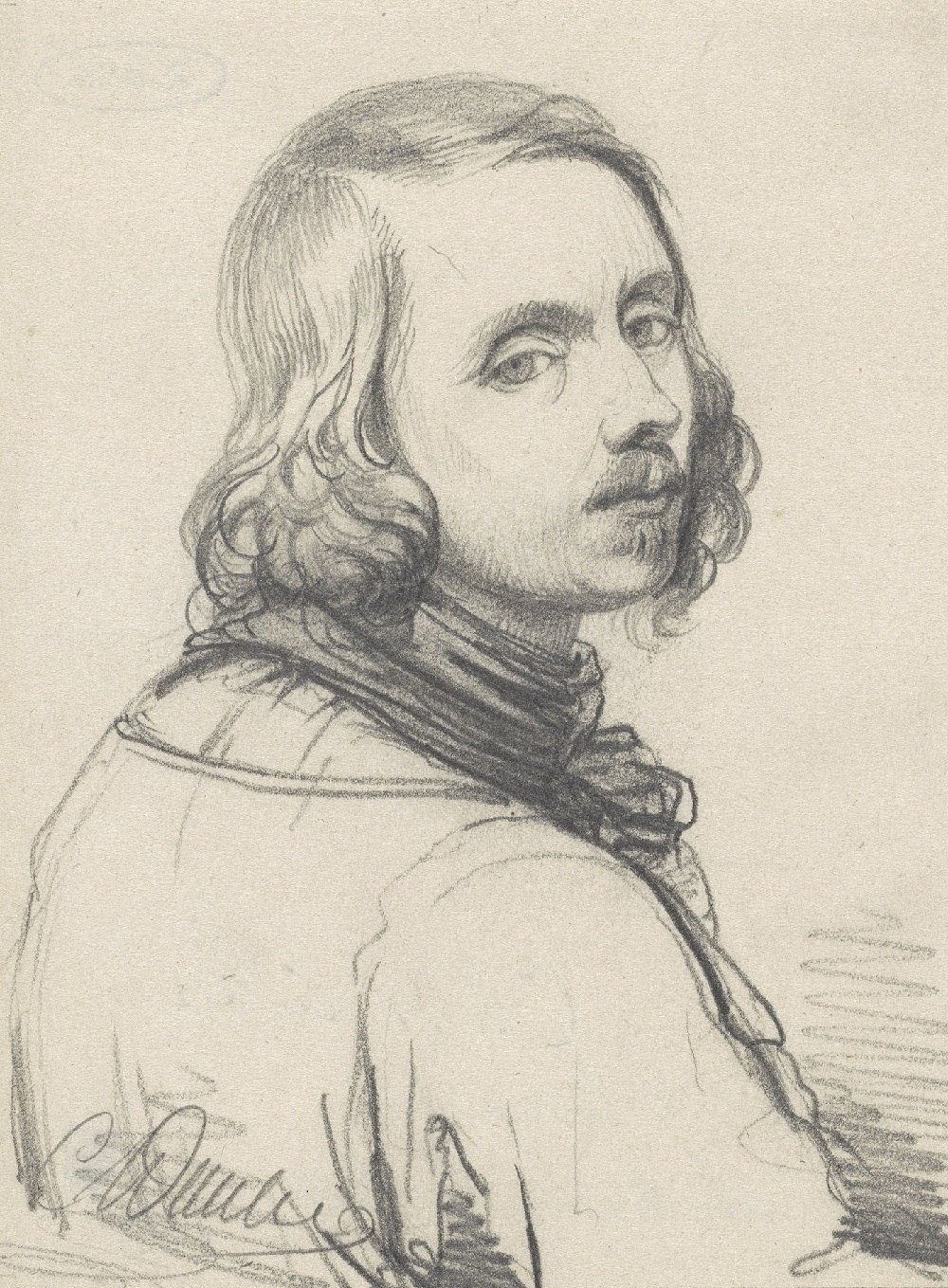
Charles Augustin Wauters was a Belgian painter.
Wauters painted both genre scenes and religious subjects. He was also an engraver.

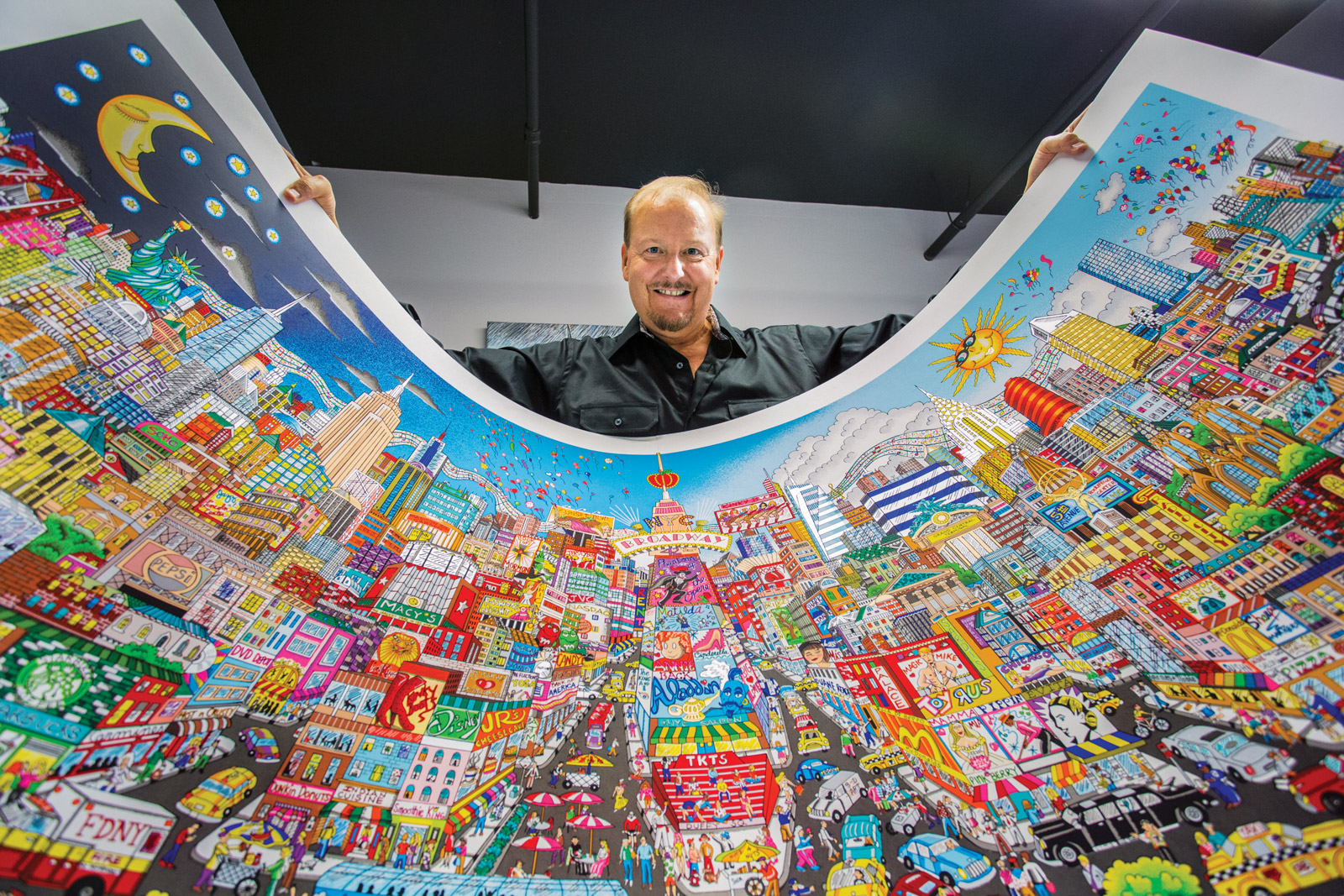
Charles Fazzino is an American pop artist, known for his silkscreen serigraphs in a 3D pop art style. His artwork incorporates influence from urban landscapes, sporting events, and modern celebrities. As described in the book about Fazzino titled The Master of 3-D Pop Art, "An innovative and imaginative storyteller, Charles Fazzino serves up a bevy of details in his unique three-dimensional creations. His collectors marvel as much at his ability to capture the entire essence of his subject matter in one statement, as they do at his use of vibrant colors, his whimsical sense of humor, and his hand-assembled multi-layered artistic style. Although, the snappy titled often gives a clue to the content of each painting, it can take years of careful observation to discern all of the details in a single Fazzino image. One of Fazzino's greatest joys is to observe visitors at exhibition of his work. 'I love to watch the smiles form as people begin to recognize elements of my paintings,' comments Fazzino. 'They point at the images as if inserting themselves into the stories. I watch that and I'm reminded of why i paint. It's all about celebrating the joy and fun we have as human beings on this planet."

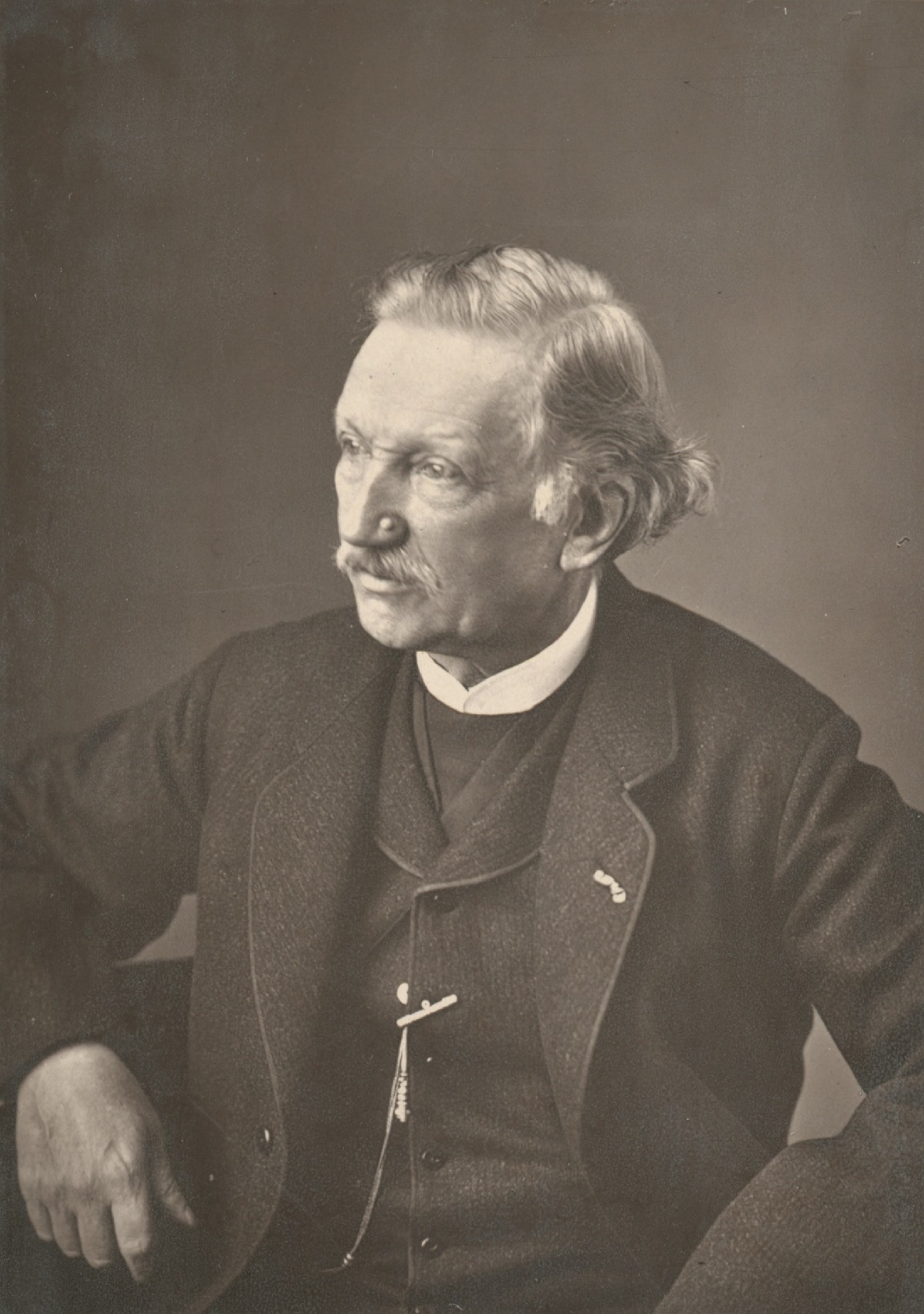
Charles-Emile Jacques was a French painter of Pastoralism and engraver who was, with Jean-François Millet, part of the Barbizon School. He first learned to engrave maps when he spent seven years in the French Army.

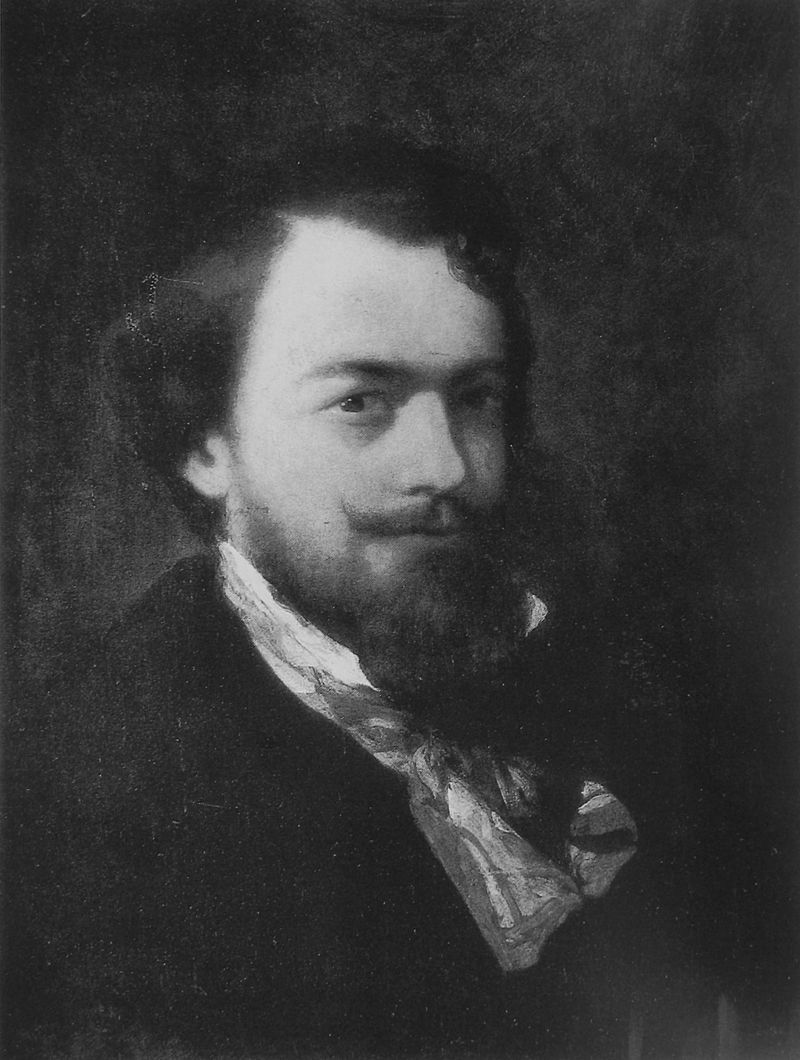
Charles Hoguet was a German painter and, as a Huguenot, belonged to the French colony in Berlin.
Hoguet regularly participated in the academic art exhibitions and became a member of the Academy in 1869.

.jpg)
Charles Fortin was a French painter, son of the sculptor Augustin Felix Fortin.
Charles Fortin studied painting with Joseph Beaume and Camille Rocplan. From 1835 to 1865 he exhibited regularly at the Paris Salon. He was awarded the Knight's Cross of the Legion of Honour.

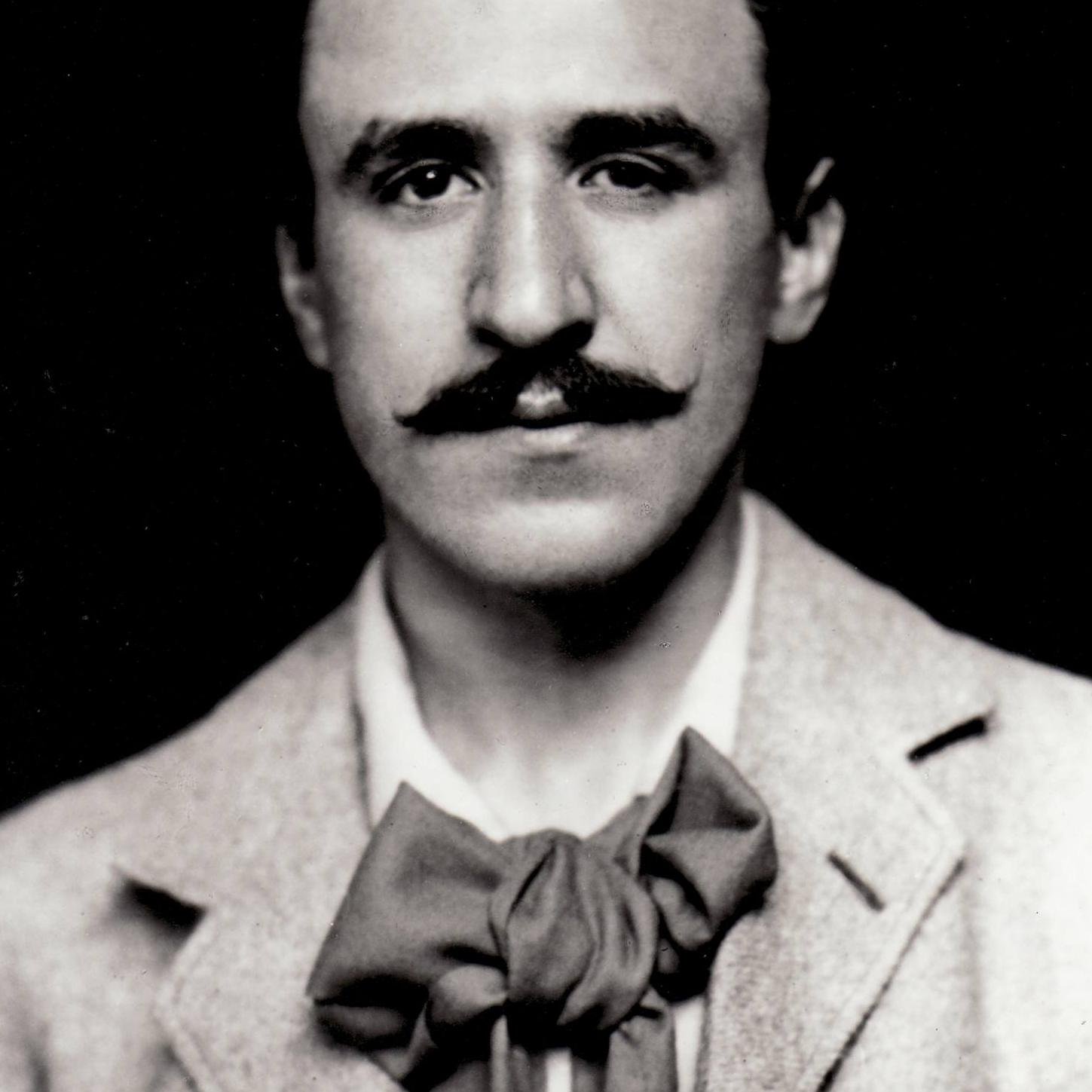
Charles Rennie Mackintosh was a prominent Scottish artist, architect and designer who had a major influence on the development of modernism and global art in the early twentieth century. He was the founder and head of the Glasgow School of Art.
Charles Rennie Mackintosh's style was unique and recognisable. He created elegant and harmonious works reflecting influences from Japanese art, the Gothic style and abstract forms. His works included architectural designs, furniture, paintings, graphics and even decorative objects.
Mackintosh became known for his innovative approach to architecture and design. His buildings were characterised by their refined lines, geometric shapes and use of light and space. His work was an important contribution to the development of modernism and functionalism in architecture.
He was also famous for his ability to combine different materials and textures to create unique and aesthetically pleasing designs. Mackintosh was a master of minimalism and elegance, giving his works a unique style and character.
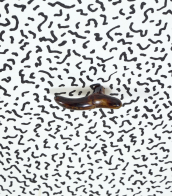

Charles Rennie Mackintosh was a prominent Scottish artist, architect and designer who had a major influence on the development of modernism and global art in the early twentieth century. He was the founder and head of the Glasgow School of Art.
Charles Rennie Mackintosh's style was unique and recognisable. He created elegant and harmonious works reflecting influences from Japanese art, the Gothic style and abstract forms. His works included architectural designs, furniture, paintings, graphics and even decorative objects.
Mackintosh became known for his innovative approach to architecture and design. His buildings were characterised by their refined lines, geometric shapes and use of light and space. His work was an important contribution to the development of modernism and functionalism in architecture.
He was also famous for his ability to combine different materials and textures to create unique and aesthetically pleasing designs. Mackintosh was a master of minimalism and elegance, giving his works a unique style and character.
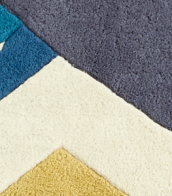
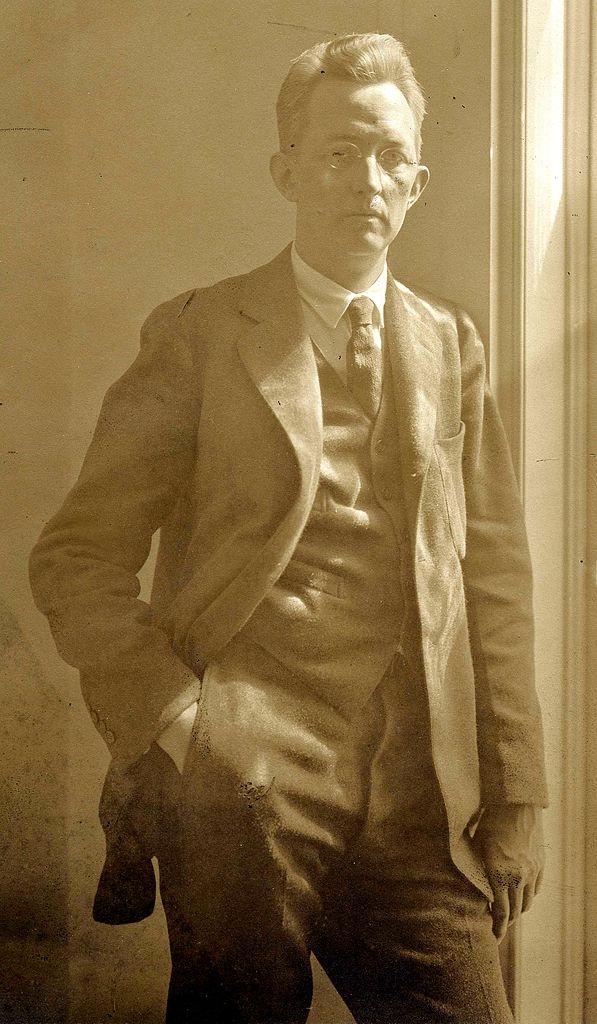
Charles Sheeler was an American realist painter, one of the greatest representatives of precursorism and American art photography of the twentieth century. He was educated at the Pennsylvania Academy of Fine Arts, after which he worked as a professional photographer. Later he began to create artistic works, the basis of which were made by his earlier photographs. The theme of his work is the beauty of modern production, the age of machines and mechanisms, and the industrial landscape.

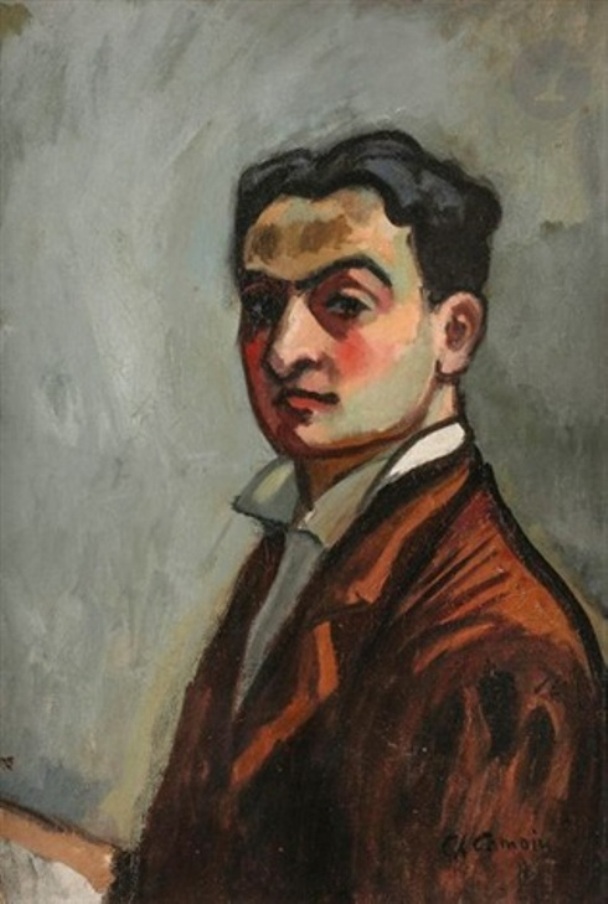
Charles Camoin, a French expressionist landscape painter, was a prominent figure associated with the Fauvism movement. Born in Marseille, France, on September 23, 1879, Camoin's journey into the art world began at a young age, leading him to Paris where he joined Gustave Moreau's class at the École des Beaux-Arts. It was here that he met Henri Matisse and other artists who would form the nucleus of the Fauve group, a circle known for their wild, expressionist-like use of color, which earned them the moniker "the wild beasts".
Camoin's art is celebrated for its vibrant color palette and expressive landscapes, a testament to his association with the Fauvists. Despite this, his work displayed a chromatic moderation, attributed to his intuitive and non-systematic approach to fauvism, setting him apart from his contemporaries. His masterpiece, the Portrait of Albert Marquet, epitomizes Camoin's unique style and is considered a pivotal piece of his oeuvre.
Throughout his career, Camoin's works were widely exhibited, earning him a place in major French collections, including the Musée d'Art Moderne de la ville de Paris and the Centre Georges Pompidou. Notably, his contributions to art were recognized with the Prix du Président de la République at the Biennale of Menton in 1955. His legacy includes a significant body of work that remains influential in the study of Fauvism and early 20th-century French art. Camoin passed away in Paris on May 20, 1965, leaving behind a rich legacy that continues to inspire art enthusiasts and collectors alike.
For collectors and experts in art and antiques, Camoin's work represents not only a pivotal moment in the evolution of modern art but also an opportunity to engage with the vibrant and emotive expressions of Fauvism. His paintings, characterized by a joyful and luminous use of color, offer a captivating glimpse into the artist's perception of the world around him.
If you're interested in staying updated on new discoveries, sales, and auction events related to Charles Camoin, signing up for updates can be a valuable resource. This ensures you're informed about the latest opportunities to acquire works by this remarkable artist, enhancing your collection with pieces that embody the spirit and innovation of early 20th-century art.

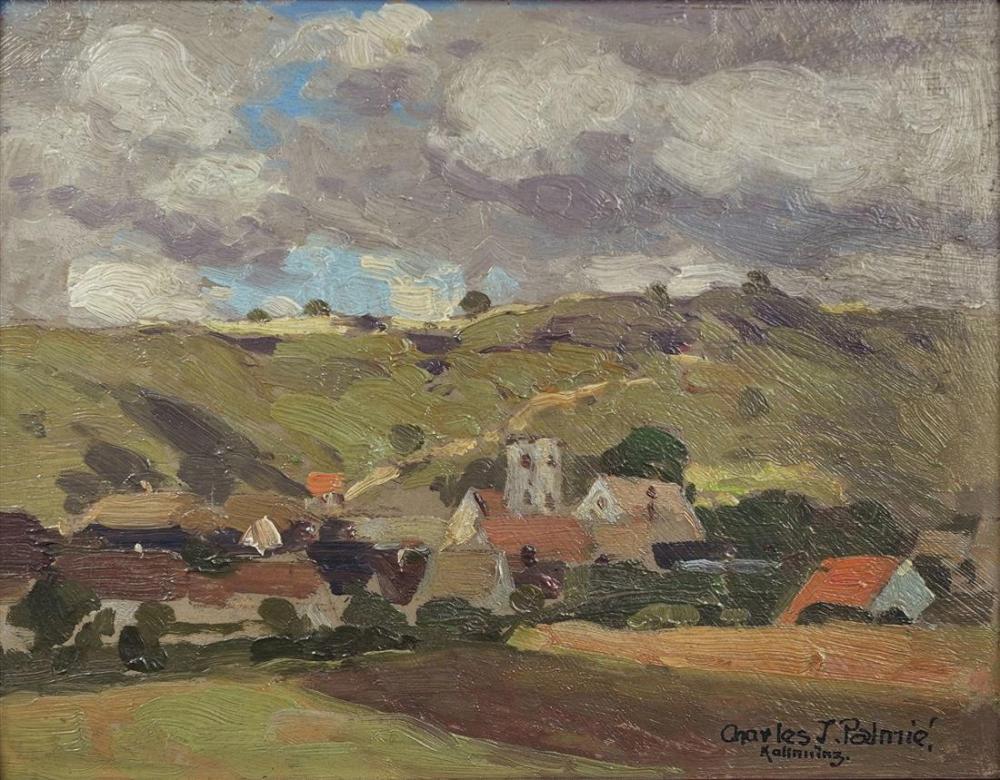
Charles Johann Palmié was a German painter, one of the pioneers of German Modernism and Neo-Impressionism.
He studied at the Dresden Academy of Fine Arts, traveled and worked extensively, specializing in landscapes. In 1901 Palmie and his artist wife opened an artists' hotel in Kalmunz, Germany. Soon an entire colony of artists formed there, numbering up to forty people, many of whom lived there permanently. After Wassily Kandinsky and Gabriele Münter visited the hotel in the summer of 1903, the Kalmunz colony became the talk of the art world.
Impressed by the works of Claude Monet, the artist traveled to France in 1905, where a meeting with the master himself played a decisive role in the further direction of Palmie's work. In France, he spent much time studying Neo-Impressionism, pointillism and monochrome painting, and created many landscapes.
In 1909 Palmie, along with Vasily Kandinsky, Alexei Jawlensky, Gabriele Münter and others, became one of the founders of the Association of New Artists of Munich (Neue Künstlervereinigung München or NKVM), an expressionist art group in Munich. This group later evolved into Der Blaue Reiter ("The Blue Rider"), but without Palmie's participation.


Charles Sheeler was an American realist painter, one of the greatest representatives of precursorism and American art photography of the twentieth century. He was educated at the Pennsylvania Academy of Fine Arts, after which he worked as a professional photographer. Later he began to create artistic works, the basis of which were made by his earlier photographs. The theme of his work is the beauty of modern production, the age of machines and mechanisms, and the industrial landscape.
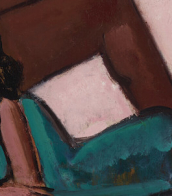
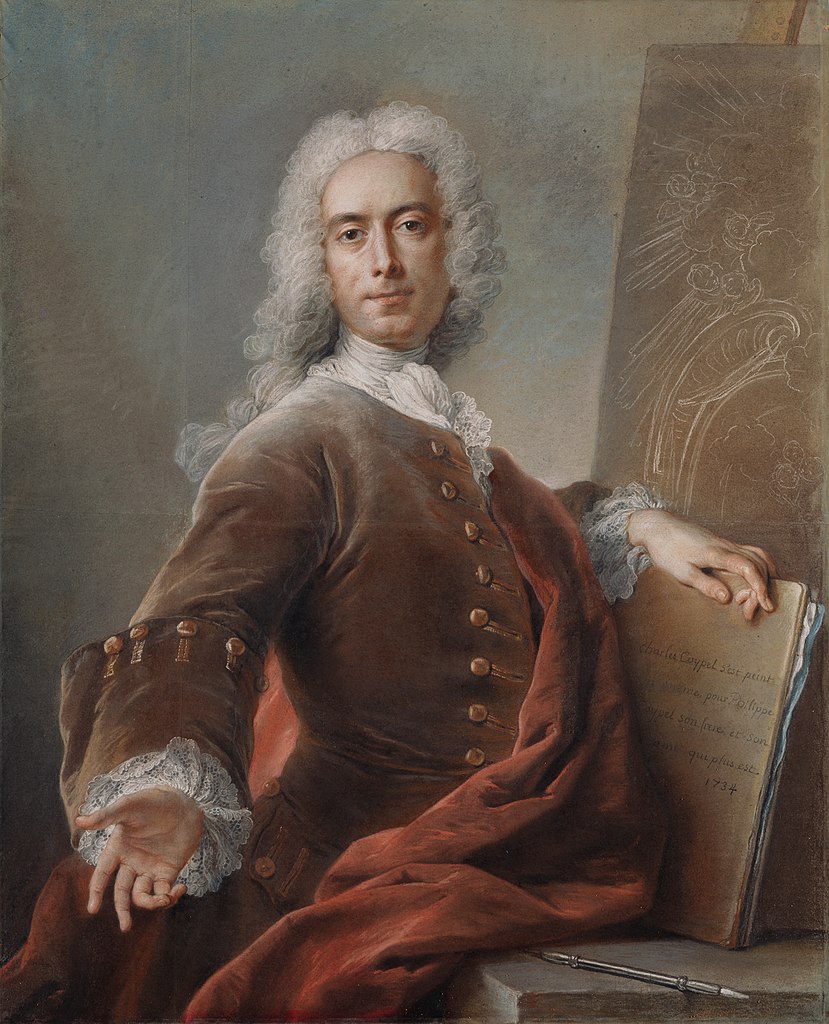
Charles-Antoine Coypel was a multifaceted French Rococo artist, known for his contributions as a painter, designer, playwright, and art critic. Born into a family with a significant artistic legacy, Coypel rose to prominence in the French court, eventually serving as the court painter and the director of the Académie Royale. His work, which often blended dramatic narrative with intricate detail, played a pivotal role in the development of Rococo art in France, reflecting the opulent and expressive tendencies of the period.
Coypel's artistic output includes a range of subjects, from religious themes, as seen in his etching "The Virgin and Child," to theatrical history paintings that convey operatic passions and high drama. His ability to infuse his compositions with emotional depth and narrative complexity, alongside his mastery of the Rococo style's playful and ornamental characteristics, distinguishes his work within the era. Notably, Coypel was also involved in the design of tapestries for the Gobelins Manufactory, illustrating scenes from Miguel de Cervantes's "Don Quixote," which remained influential through the end of the 18th century.
His artworks, such as "The Virgin and Child," showcase not only his technical skill but also his sensitivity to composition and form, contributing to his reputation as one of the leading painters in the French court during the 18th century. Coypel's legacy is preserved in his paintings, etchings, and tapestry designs, which continue to be celebrated for their artistic and historical significance.
For collectors and experts in art and antiques, Charles-Antoine Coypel's work represents an essential connection to the Rococo period's rich cultural and aesthetic traditions. His contributions to French art history, particularly through his role at the Académie Royale and his influence on the development of Rococo style, make his work a valuable study for those interested in the dynamics of French art and culture during the 18th century.
To stay informed about updates related to Charles-Antoine Coypel, including new discoveries, sales, and auction events of his works, consider signing up for updates. This service will provide tailored notifications to enthusiasts and collectors eager to explore and acquire pieces by Coypel, ensuring they remain at the forefront of developments in the field of Rococo art.

